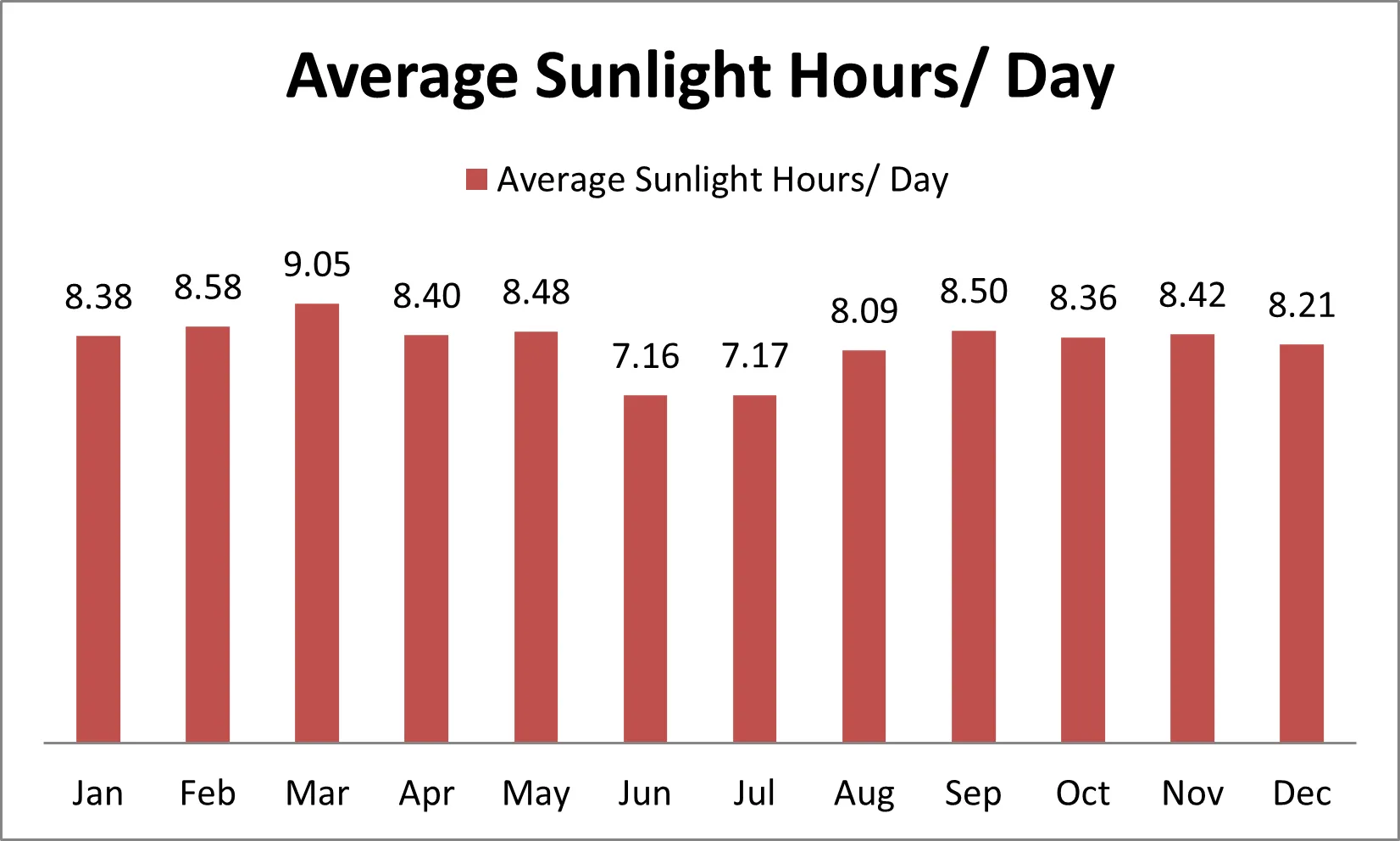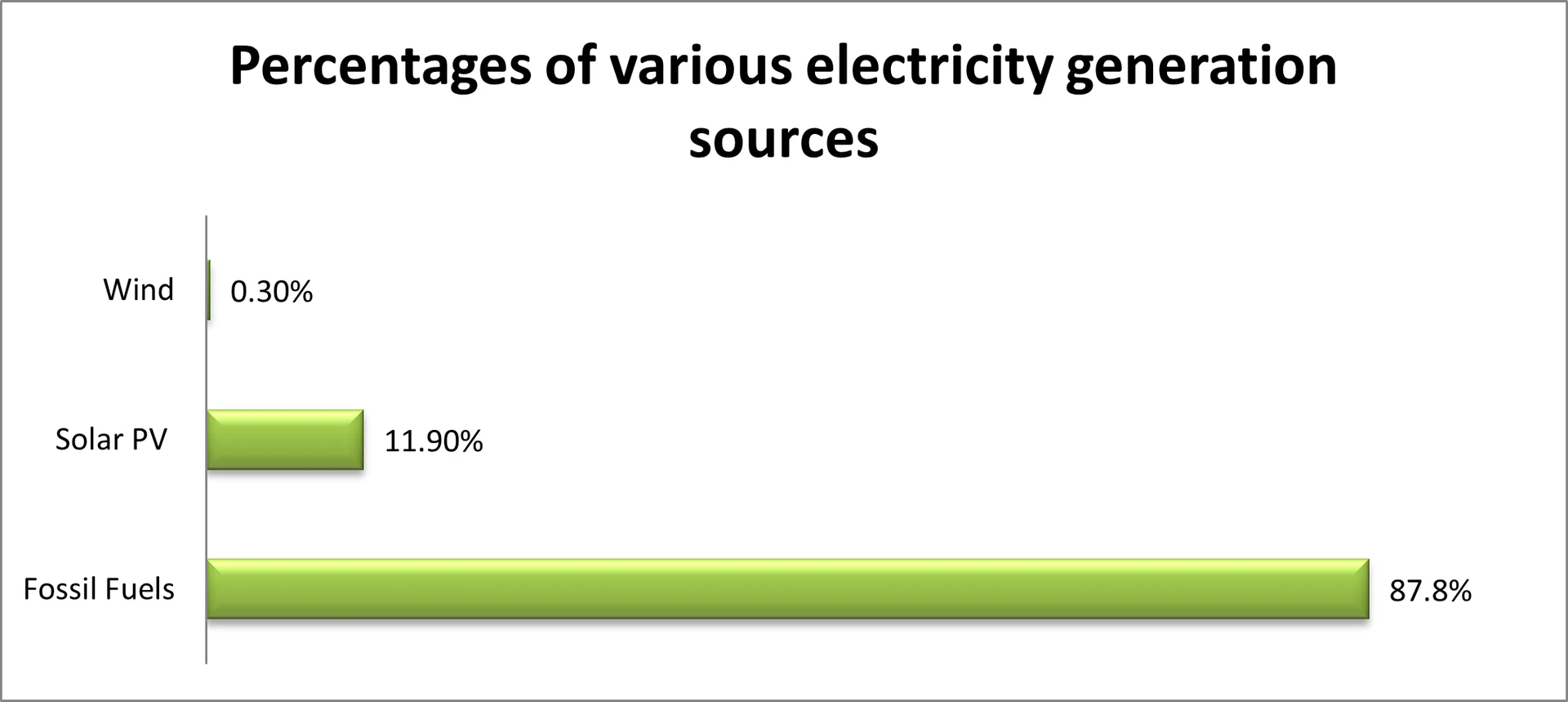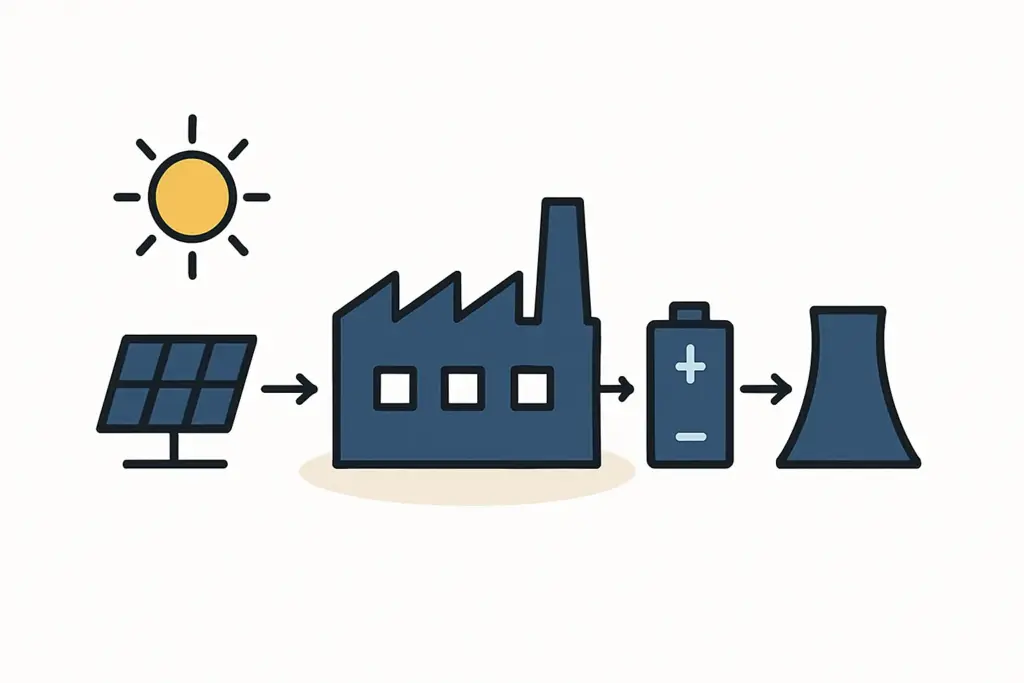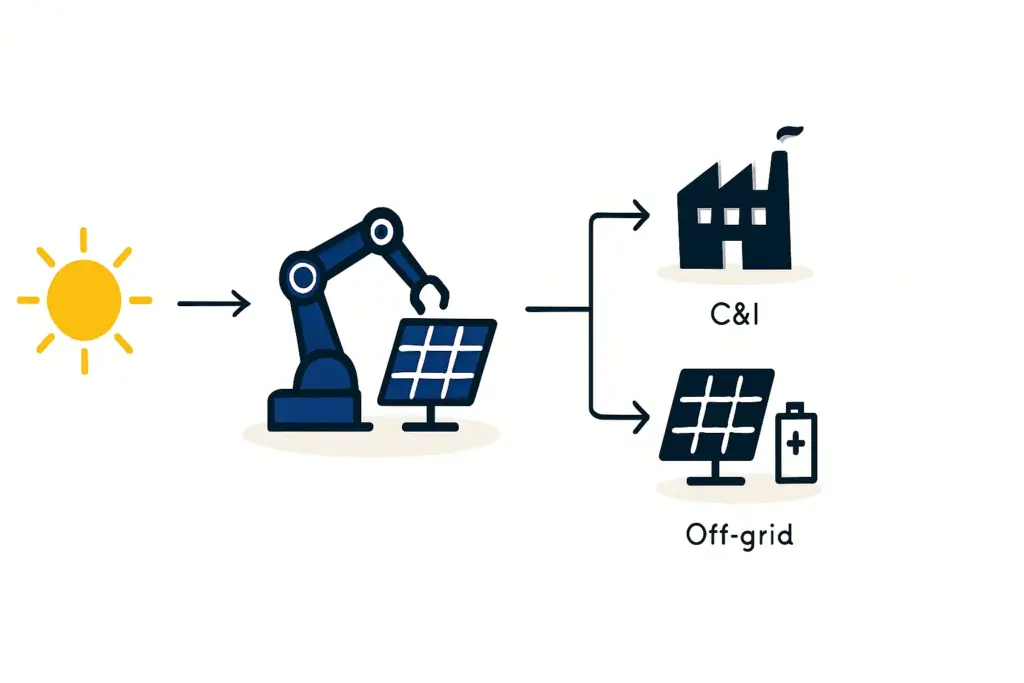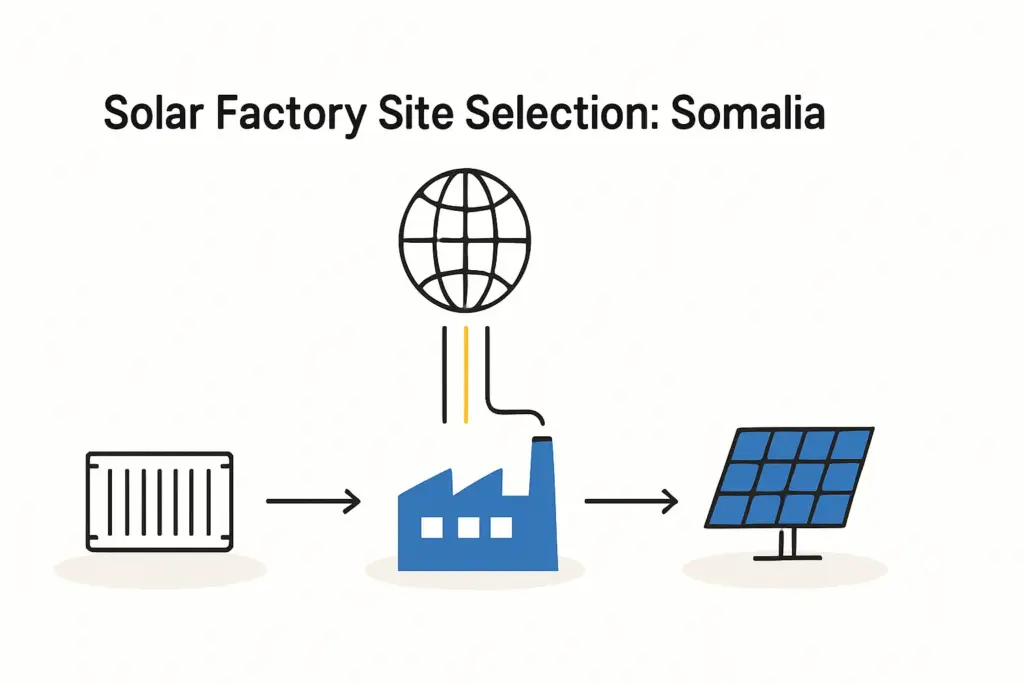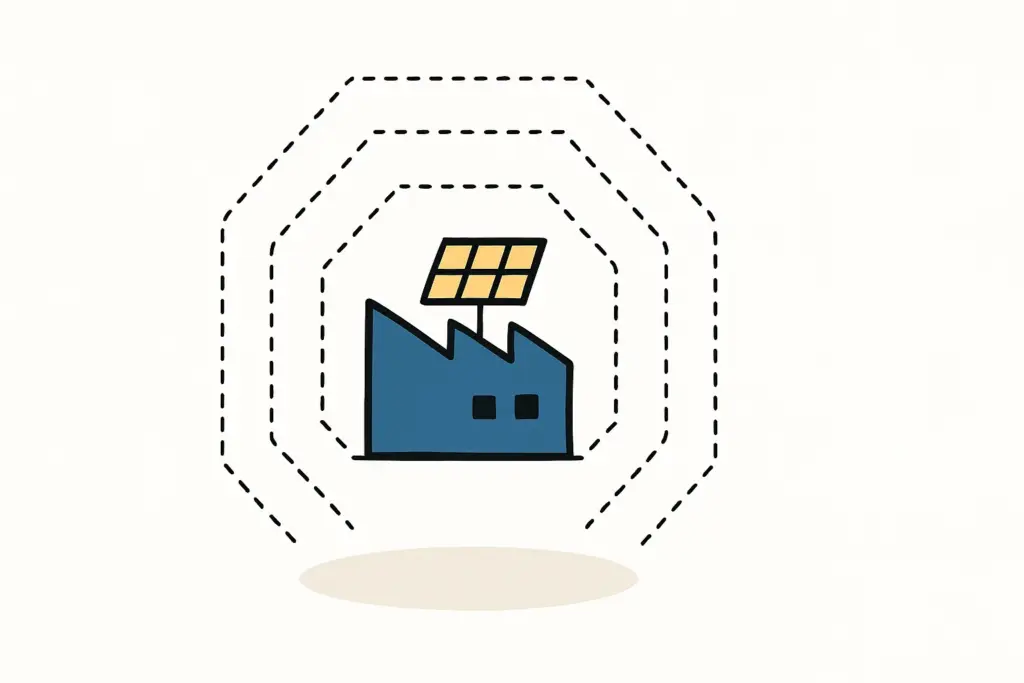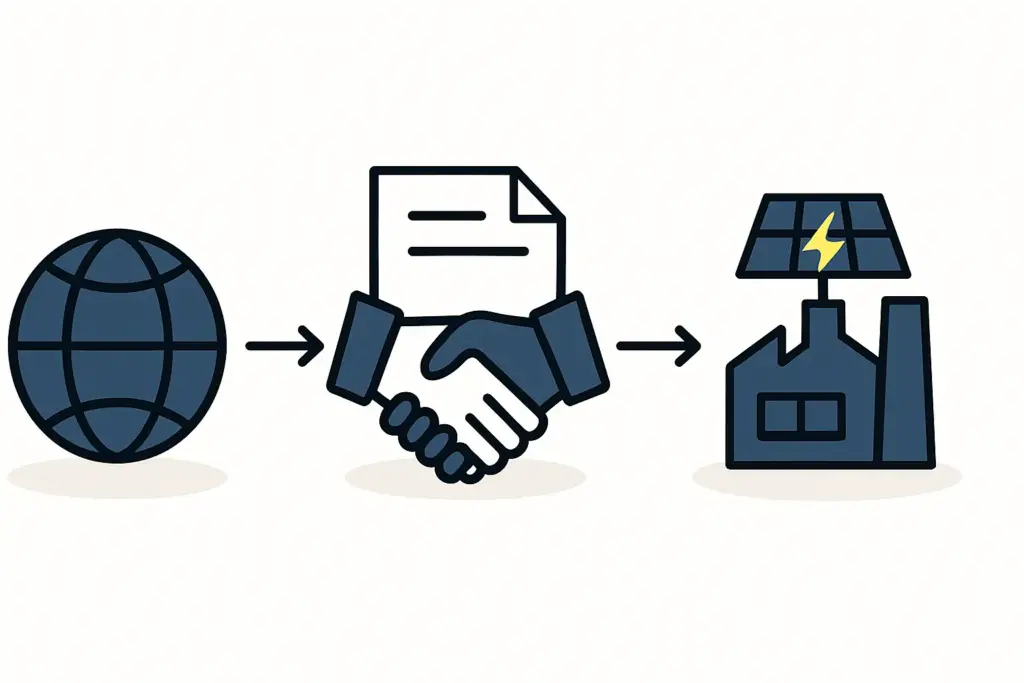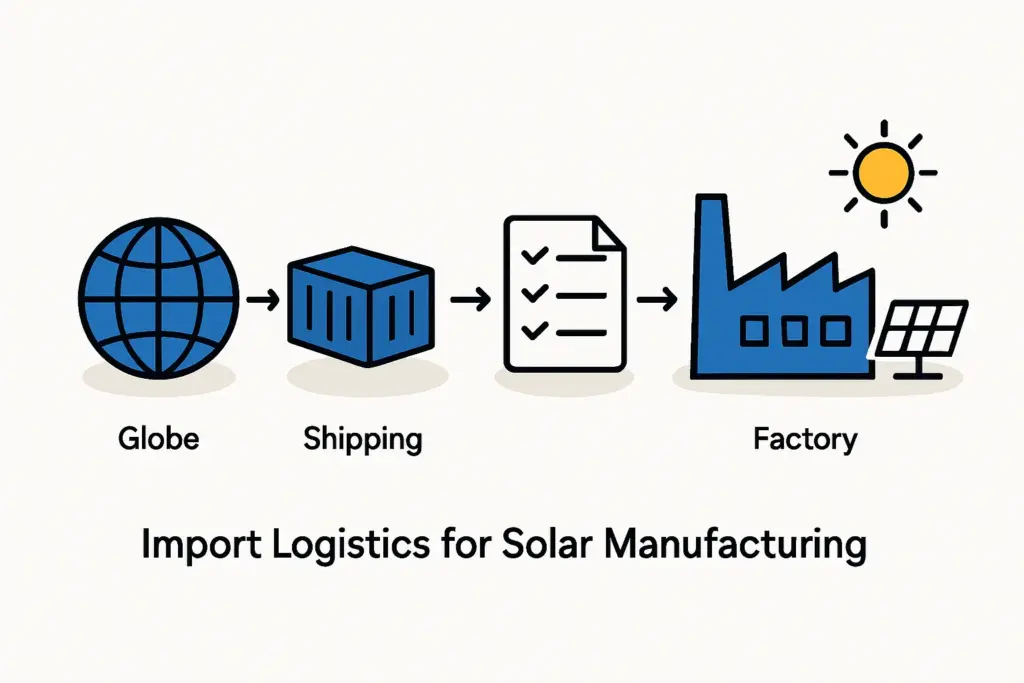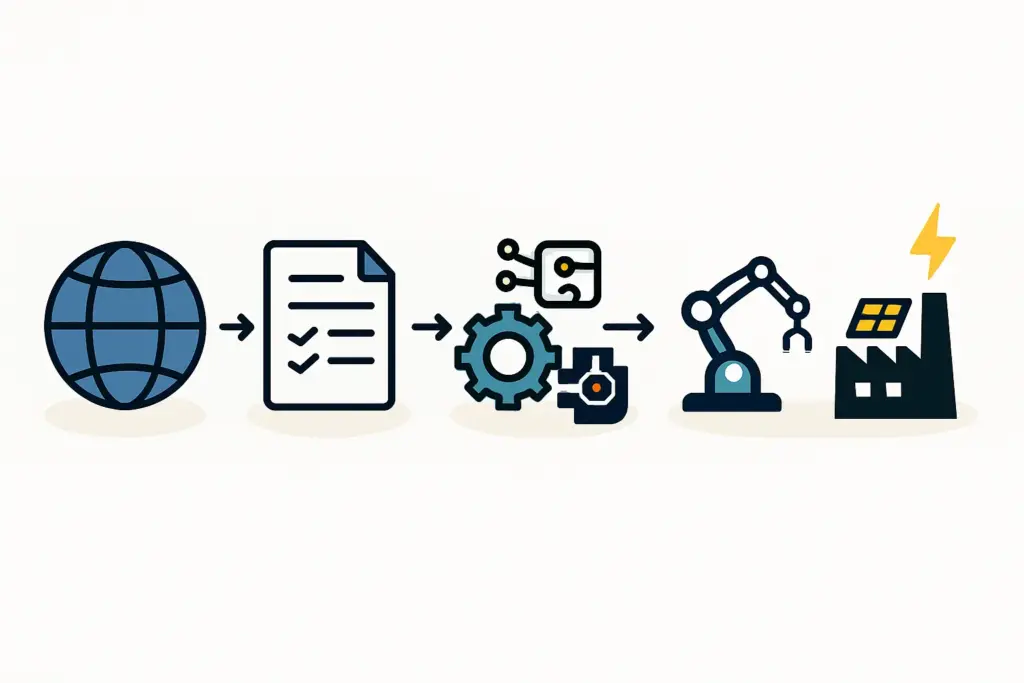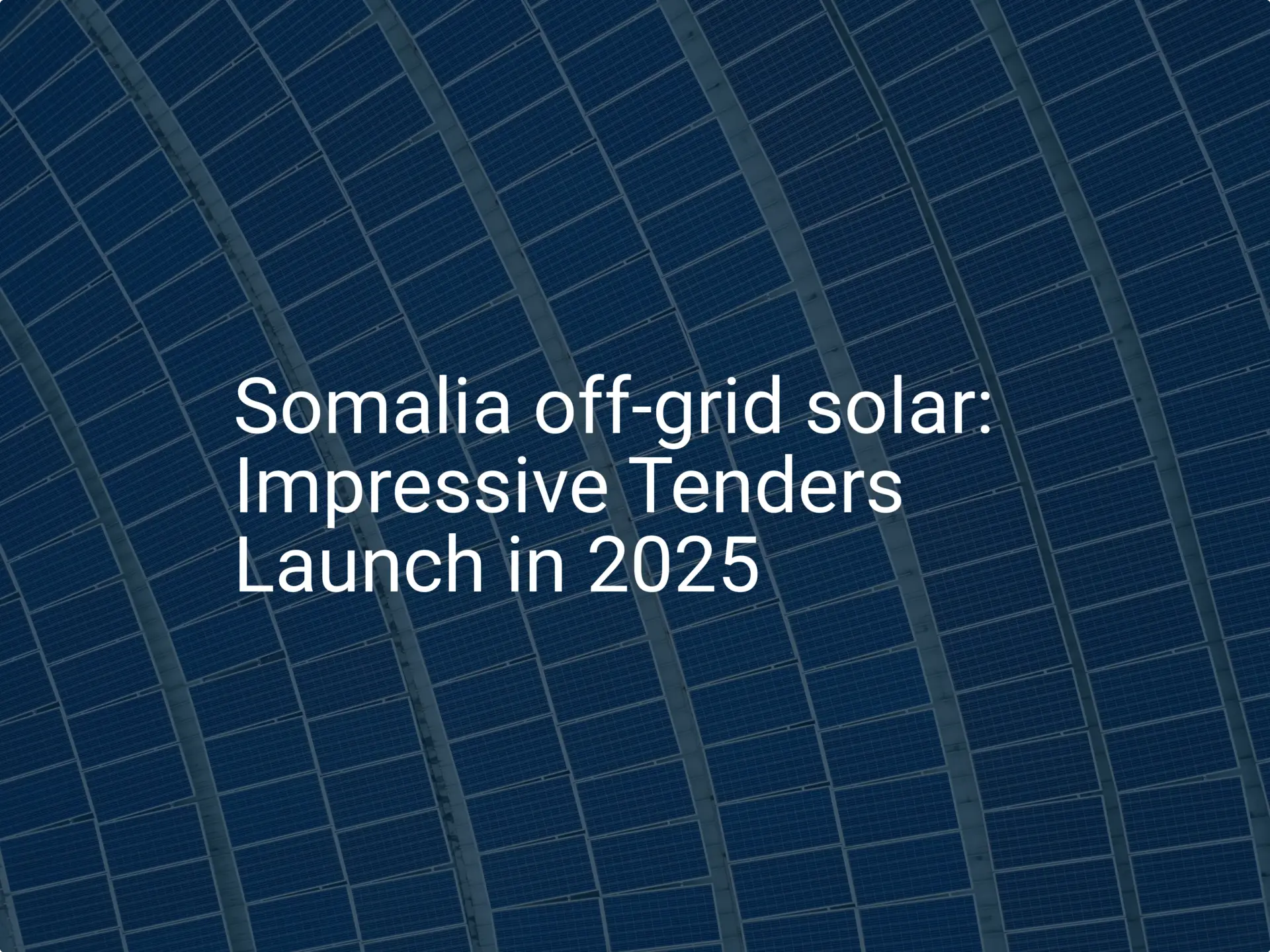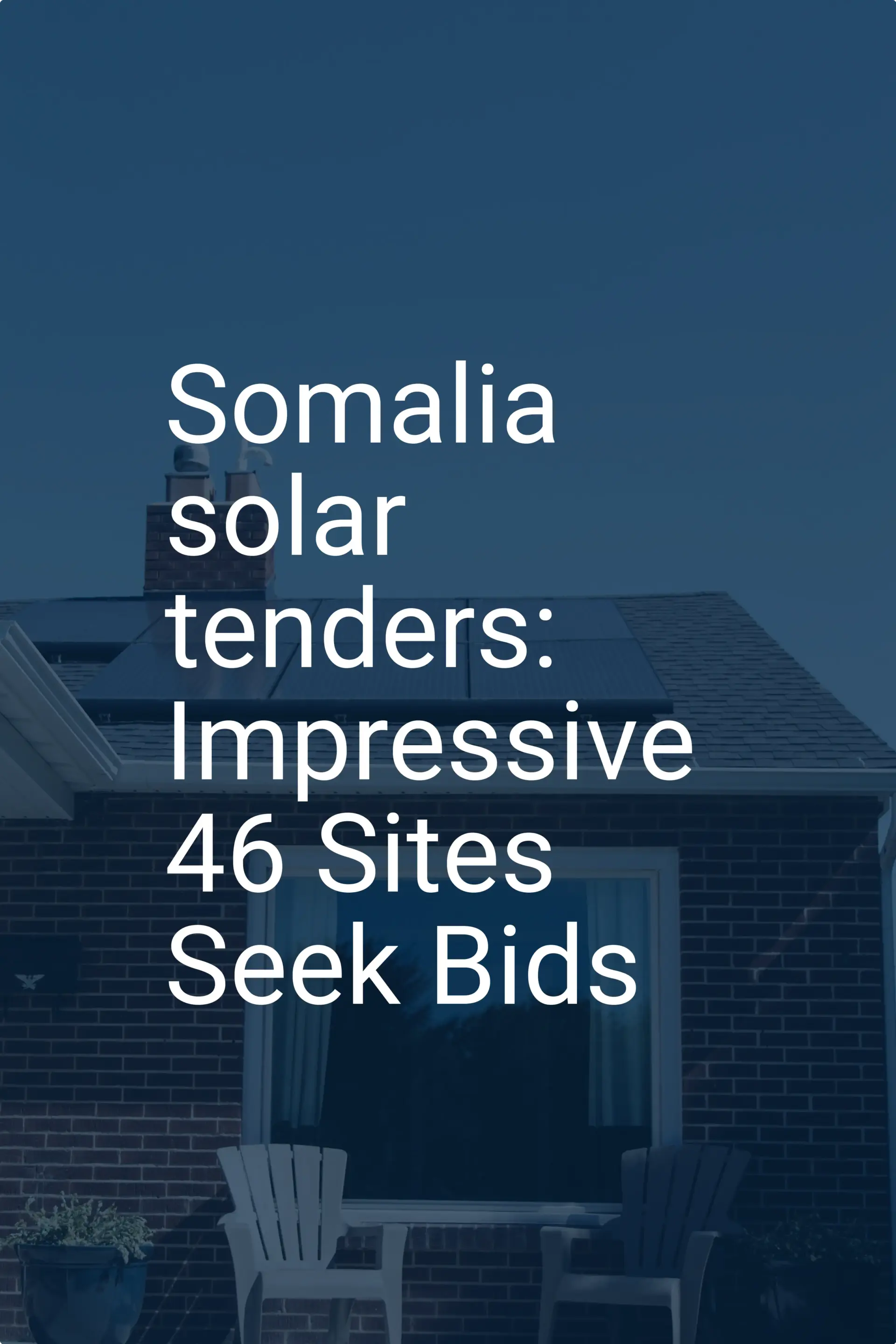Discover comprehensive insights into the statistics, market trends, and growth potential surrounding the solar panel manufacturing industry in Somalia
- Climate Top. (2024). Sunshine & daylight hours in Mogadishu, Somalia. https://www.climate.top/somalia/mogadishu/sunlight/ (Accessed September 1, 2024)
- Samatar, A. M., Mekhilef, S., Mokhlis, H., Kermadi, M., Diblawe, A. M., Stojcevski, A., & Seyedmahmoudian, M. (2023). The utilization and potential of solar energy in Somalia: Current state and prospects. Energy Strategy Reviews, 48, 101108. https://doi.org/10.1016/j.esr.2023.101108 (Accessed September 1, 2024)
- Trade Gov. (2024). Somalia – Country commercial guide. https://www.trade.gov/country-commercial-guides/somalia-energy-and-electricity (Accessed September 1, 2024)
- Power Africa. (2022). Strengthening power grids in Somalia with digital technology. https://powerafrica.medium.com/strengthening-power-grids-in-somalia-with-digital-technology-3536d1889d3e (Accessed September 1, 2024)
- Power Africa. (2024). Unlocking Somalia’s clean energy potential. https://powerafrica.medium.com/unlocking-somalias-clean-energy-potential-17ff580124a4(Accessed September 1, 2024)
- Yusuf, A. Y., & Sid Ahmed, M. A. (2024). Designing a 10 MW peak solar power plant using a system advisor model (SAM software): Case study of Somalia, Mogadishu Region. World Journal of Advanced Research and Reviews, 22(02), 1812–1824. https://doi.org/10.30574/wjarr.2024.22.2.1577 (Accessed September 1, 2024)
- Abdi Sheihk. (n.d.). Choking on diesel costs, Somali firm turns to solar for cheaper power. Yahoo Finance.https://sg.finance.yahoo.com/news/choking-diesel-costs-somali-firm-100630764.html (Accessed September 1, 2024)
- MOER. (2023). Energy Department. https://moewr.gov.so/ova_dep/energy/ (Accessed September 1, 2024)
- UNDP. (2023). Somalia launches ambitious solar minigrids program to increase energy access. https://www.undp.org/energy/press-releases/somalia-launches-ambitious-solar-minigrids-program-increase-energy-access (Accessed September 1, 2024)
- Miga. (2023). MIGA supports ground-breaking solar project in Somalia. https://www.miga.org/press-release/miga-supports-ground-breaking-solar-project-somalia (Accessed September 1, 2024)
- Lighting Global. (2023). Somalia. https://www.lightingglobal.org/country/somalia/ (Accessed September 1, 2024)
- Murray, C. (2024). Somalia’s MoEWR tenders for 46 off-grid solar-plus-storage projects in Mogadishu, totaling over 5MWh. Energy Storage News. https://www.energy-storage.news/somalia-moewr-tenders-for-46-off-grid-solar-plus-storage-projects-in-mogadishu-totalling-over-5mwh/ (Accessed September 1, 2024)
- Africa on Air. (2023). In Somalia, solar energy has a bright future. https://africa-on-air.com/en/environment/2022/06/in-somalia-solar-energy-has-a-bright-future/ (Accessed September 1, 2024)
- Nasi Hako. (2023). Somalia’s new solar energy plant crucial to combating shortages. https://www.esi-africa.com/east-africa/somalia-new-solar-energy-plant-crucial-to-combatting-shortages/ (Accessed September 1, 2024)
- World Salaries. (2024). Average solar photovoltaic installer salary in Somalia for 2024. https://worldsalaries.com/average-solar-photovoltaic-installer-salary-in-somalia/ (Accessed September 1, 2024)
- Worldometer. (2024). Population of Somalia. https://www.worldometers.info/world-population/somalia-population/ (Accessed September 1, 2024)
- Hayaan Trading & Transportation Company, 2024 . https://www.hayaanttc.com/warehousing (Accessed September 4, 2024)
- Sultan business Park, . (2024). https://sbp.so/contact-us/ (Accessed September 1, 2024)
- Spacesouq. (2024). Spacesouq. https://www.spacesouq.com/so-en (Accessed September 1, 2024)
- The International Tracking Standard. (n.d.). Country assessment report. https://www.trackingstandard.org/wp-content/uploads/Somalia-Country-Report_Public-Report.pdf (Accessed September 1, 2024)
- Lloyds Bank Trade. (2024). Trade profile – Somalia – International Trade Portal. https://www.lloydsbanktrade.com/en/market-potential/somalia/trade-profile (Accessed September 1, 2024)
- Africa Clean Energy. (2021). Somalia off-grid solar (OGS) strategy. https://www.ace-taf.org/wp-content/uploads/2021/02/210201-ToR_-Somalia-RE-Strategy-v4.pdf (Accessed September 1, 2024)
- Gogla. (2023). Somalia. https://www.gogla.org/wp-content/uploads/2022/12/Somalia-Country-Brief.pdf (Accessed September 1, 2024)
- IRENA, 2024, IRENA renewable energy statistics, https://www.irena.org/-/media/Files/IRENA/Agency/Publication/2024/Jul/IRENA_Renewable_Energy_Statistics_2024.pdf

